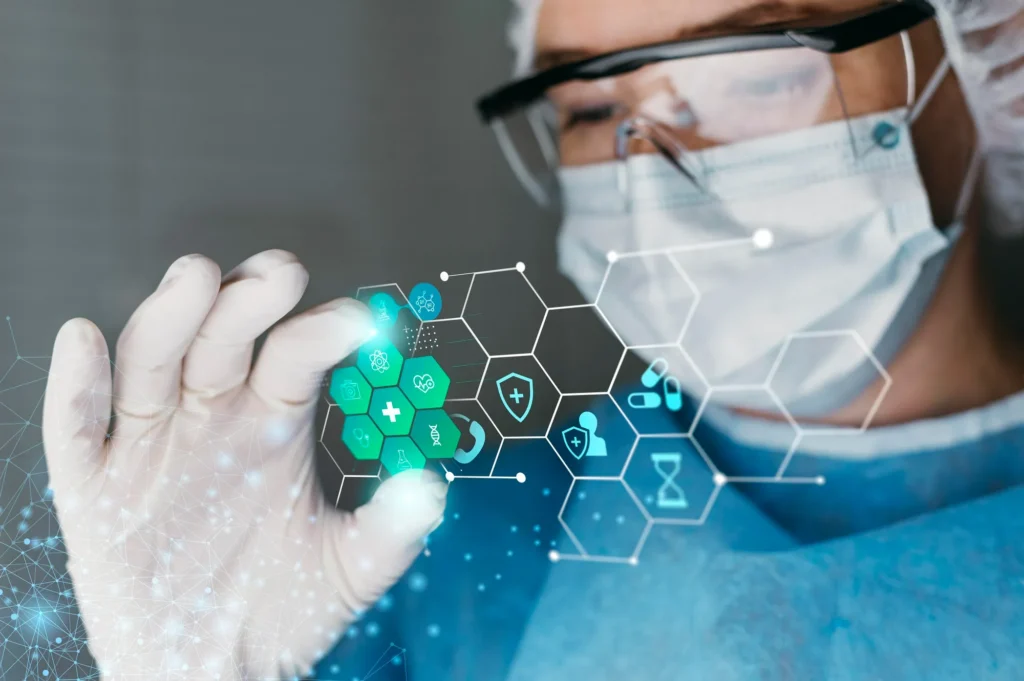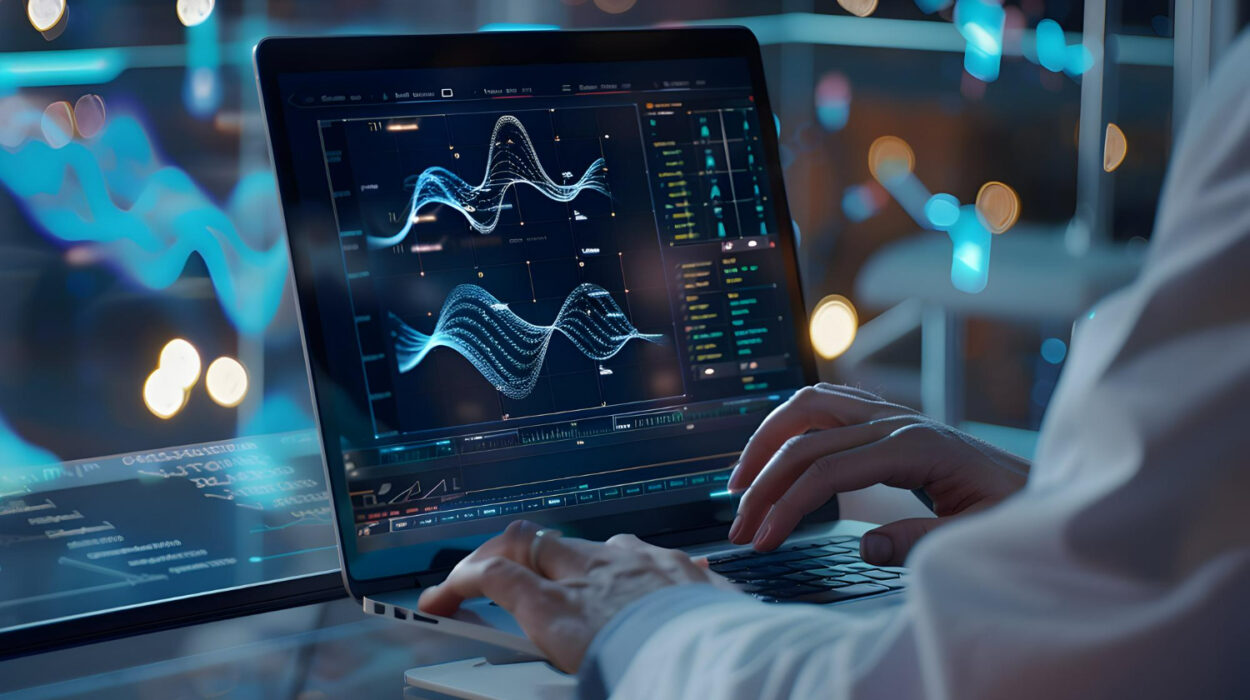In the field of medicine, the usage of acronyms and abbreviations is widespread. Recently, one notable acronym that has gained attention is PCR, which stands for Polymerase Chain Reaction. PCR is a method employed to amplify a small quantity of DNA into a larger sample for subsequent analysis. It serves as a crucial tool in contemporary medicine, transforming the approaches to diagnosing and treating various illnesses. This article delves into the significance of PCR in the medical context and its applications in healthcare.
What is PCR abbreviation medical?
In the field of medicine, the usage of acronyms and abbreviations is widespread. Recently, one notable acronym that has gained attention is PCR, which stands for Polymerase Chain Reaction. PCR is a method employed to amplify a small quantity of DNA into a larger sample for subsequent analysis. It serves as a crucial tool in contemporary medicine, transforming the approaches to diagnosing and treating various illnesses. This article delves into the significance of PCR in the medical context and its applications in healthcare.
How does PCR abbreviation medical work?
PCR comprises three primary stages: denaturation, annealing, and extension. In denaturation, high temperatures are utilized to separate the DNA double helix into single strands. During annealing, short DNA sequences known as primers are introduced to the sample and attach to the DNA strands. In the extension stage, the enzyme Taq polymerase adds nucleotides to the primers, facilitating the creation of a new DNA strand. This iterative process is repeated multiple times, generating millions of copies from the initial DNA sample.
Importance of PCR abbreviation medical in healthcare
PCR, short for Polymerase Chain Reaction, plays a pivotal role in the field of healthcare. Its applications extend to the detection and identification of viruses, bacteria, genetic abnormalities, and cancer cells. Additionally, it serves as a valuable tool in monitoring the efficacy of treatments for these ailments. The widespread use of PCR has transformed the landscape of infectious disease diagnosis, facilitating quicker and more precise identification. Furthermore, PCR finds applications in prenatal testing, forensics, and environmental testing.
Understanding PCR: The Key Steps and Applications
What are the key steps involved in PCR testing
Polymerase Chain Reaction (PCR) is a powerful molecular biology technique used to amplify a specific segment of DNA or RNA. It allows researchers to make millions of copies of a particular DNA sequence, making it easier to study in detail.
The PCR process involves several key steps:
Denaturation: The DNA sample is heated to separate the double-stranded DNA into single strands.
Annealing: The sample is cooled to allow short DNA sequences called primers to bind to the single-stranded DNA. These primers are designed to match the ends of the target DNA sequence.
Extension: The sample is heated again, this time to a temperature that allows a DNA polymerase enzyme to extend the primers, synthesizing new DNA strands complementary to the target sequence.
Repeated Cycles: These three steps are repeated multiple times (typically 20-40 cycles), each cycle doubling the amount of DNA and specifically amplifying the target sequence.
Application of PCR
PCR has a wide range of applications in research, diagnostics, forensics, and more. It is used to:
Amplify DNA for sequencing: PCR is often used to amplify specific regions of DNA for sequencing, allowing researchers to determine the exact sequence of nucleotides in that region.
Detect genetic mutations: PCR can be used to detect specific genetic mutations associated with diseases or conditions.
Diagnose infectious diseases: PCR is used to detect the presence of pathogens such as bacteria or viruses in clinical samples.
Forensic analysis: PCR is used in forensic science to analyze DNA samples from crime scenes or to establish paternity.
PCR has revolutionized molecular biology and has become an essential tool in laboratories around the world due to its speed, specificity, and sensitivity.
What is Polymerase Chain Reaction
How do PCR tests for COVID-19 work
Different PCR abbriviations & where they are used
| Abbreviation | Full Form | Description |
|---|---|---|
| PCR | Polymerase Chain Reaction | Technique used to amplify and detect DNA or RNA sequences. |
| RT-PCR | Reverse Transcription Polymerase Chain Reaction | Variation of PCR used to detect RNA, often used for viruses like SARS-CoV-2. |
| qPCR | Quantitative Polymerase Chain Reaction | PCR method allowing quantification of DNA or RNA in a sample. |
| ddPCR | Droplet Digital PCR | PCR technique that partitions samples into droplets, enabling more precise quantification. |
| LAMP | Loop-Mediated Isothermal Amplification | Alternative nucleic acid amplification method to PCR, often used for rapid testing. |
| NAAT | Nucleic Acid Amplification Test | Broad term including PCR and other methods used to amplify nucleic acids for detection. |
| CT | Cycle Threshold | Number of PCR cycles needed for the fluorescent signal to exceed the background level. |
| PHEIC | Public Health Emergency of International Concern | Used in the context of WHO declaring a global health crisis, prompting increased PCR testing. |
| CRISPR | Clustered Regularly Interspaced Short Palindromic Repeats | Technology combined with PCR for diagnostic purposes, known as CRISPR-Cas-based detection. |
| IVD | In Vitro Diagnostic | Tests conducted on samples taken from the body, like PCR tests, outside of the body. |
FAQs:
What is PCR?
PCR is a molecular biology technique used to amplify a specific segment of DNA or RNA.
How does PCR work?
PCR involves three main steps: denaturation, annealing, and extension, which are repeated multiple times to amplify the target DNA or RNA.
What is the purpose of PCR?
PCR is used to make multiple copies of a specific DNA or RNA sequence, which is useful for various applications, including diagnostics, research, and forensics.
What are the different types of PCR?
Some common types of PCR include reverse transcription PCR (RT-PCR), quantitative PCR (qPCR), and digital PCR (dPCR).
What are the applications of PCR?
PCR is used in various fields, such as medical diagnostics (e.g., COVID-19 testing), genetic research, forensics, and environmental science.
How is PCR different from traditional cloning methods?
PCR is faster and more efficient than traditional cloning methods, as it can amplify a specific DNA sequence without the need for bacterial cloning.
What are the limitations of PCR?
PCR can be prone to errors, such as amplification of nonspecific DNA sequences, which can lead to false-positive results.
Can PCR be used to detect mutations?
Yes, PCR can be used to detect specific mutations in DNA, which is useful for diagnosing genetic disorders and studying genetic variation.
How is PCR used in COVID-19 testing?
PCR is used to detect the presence of the SARS-CoV-2 virus in patient samples, allowing for the diagnosis of COVID-19.
What are the key factors that affect the success of a PCR reaction?
Factors such as primer design, annealing temperature, and the quality of the DNA template can affect the success of a PCR reaction.
What is the accuracy of PCR testing?
PCR testing is characterized by high accuracy and specificity, with the capability to detect small amounts of DNA or RNA in a sample, rendering it a valuable diagnostic tool.
How much time does PCR testing consume?
The duration of PCR testing can range from a few hours to several days. The timeframe depends on the type of sample being tested and the complexity of the analysis.
What constraints does PCR testing have?
PCR testing is subject to limitations, encompassing the risks of contamination, false positives, and false negatives. Nevertheless, employing proper techniques and implementing quality control measures can help minimize these limitations.



